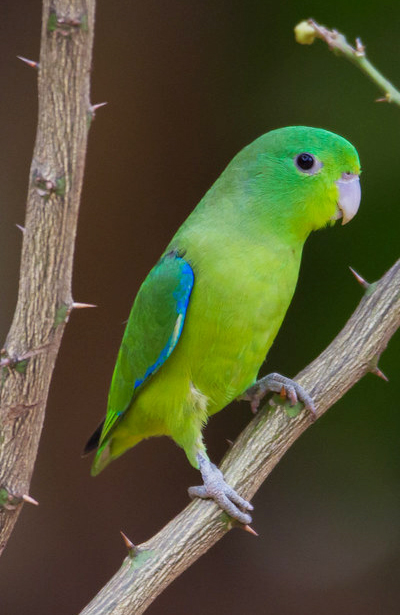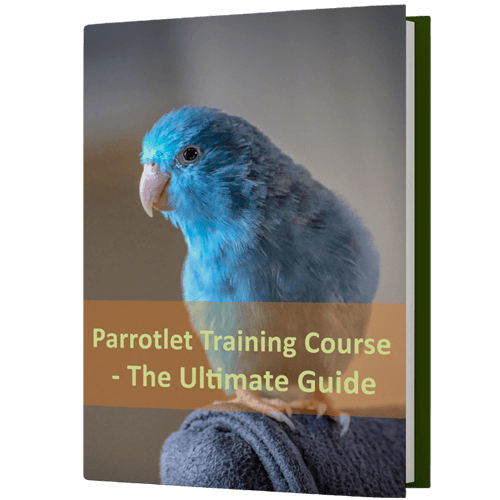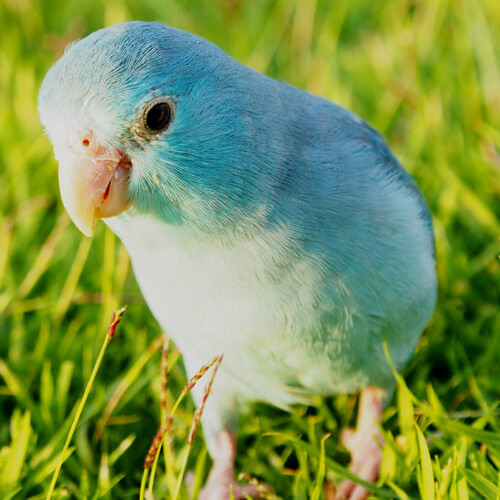
Parrotlets As Pets, Their Temperament, Health, Origin & More
Parrotlets are bold and inquisitive birds who bond with their owners quite easily. The seven species of Parrotlets are Pacifics or Celestials, Blue Wings, Green Rumps, Mexicans, Sclater's, Spectacles and Yellow Face. Contrary to their smaller size, Parrotlets can be energetic and docile. With adequate training and care they can become amazing pets. The most common among Parrotlets are Celestial and Green Rump Parrotlets.
Sign-up for the Free Course on Parrotlet Training
Size: 10 - 14 cm / 4 - 5 inches
Life Expectancy: 12 - 20 years
Description
Male Parrotlets are olive green with a grayish wash over their backs and chests. They have a striking deep cobalt blue rump, blue eye streaks that curve back and down from their eyes, and deep blue primary and secondary wing feathers. The females may have some blue on them, similar to the males except for the wings, but their coloring won't be as deep and pronounced. Or they may be entirely green. Both have pink legs and beaks. They have a stocky, almost pear-shaped build, and weigh from 28-32g.

